German sheep breeds are not as popular or numerous as sheep breeds from other countries. There are only eleven breeds originating in Germany. For example, in England, on the other hand, there are 37 native sheep breeds. Therefore, I want to highlight those old German sheep breeds in a miniseries.
Part 1 of the series was all about the Coburger Fuchsschaf (Coburg Fox Sheep). You can read it here.
And today, in part 2, we are going to have a closer look at Merinolandschaf (German Merino sheep).
German Sheep Breeds and their Wool
There are currently about 1.48 million sheep and 50 different sheep breeds in Germany. Most of them are bred for meat or are used for landscape preservation purposes. Due to the climatic conditions in Germany, the wool from German sheep is not as soft as wool from sheep in warmer regions of the world. It has more of a rustic character which makes it warm and durable and ideal for outerwear.
Personally, I knit a lot with yarn from German sheep and have gotten used to those more robust yarns. I really like the texture and warmth they have to offer.
In my Etsy shop, I exclusively offer wool from German sheep. Above all, sustainability has been the main aspect for this decision. Using local wool gives me the opportunity to avoid transporting over long distances. Therefore, the wool is not only sourced but also spun – and of course, naturally dyed by myself – here in Germany. It is also a way for me to promote and support the local wool industry. If you are interested in more details, you can read all about my yarns here and here.
Merinolandschaf
It wasn‘t until the 18th century, that Merino sheep came to Germany. They were crossbred with native breeds and the Merinolandschaf, Merinofleischschaf and Merinolangwollschaf originated. Whenever I use the term German Merino Sheep, I am referring to the Merinolandschaf. It is the most common domestic breed in Germany and constitutes about 30% of the sheep population in Germany. The word “Merinolandschaf” means Merino land sheep in a literal translation. Whereas “Merinofleischschaf” translates to Merino meat sheep and “Merinolangwollschaf” to Merino long wool sheep.
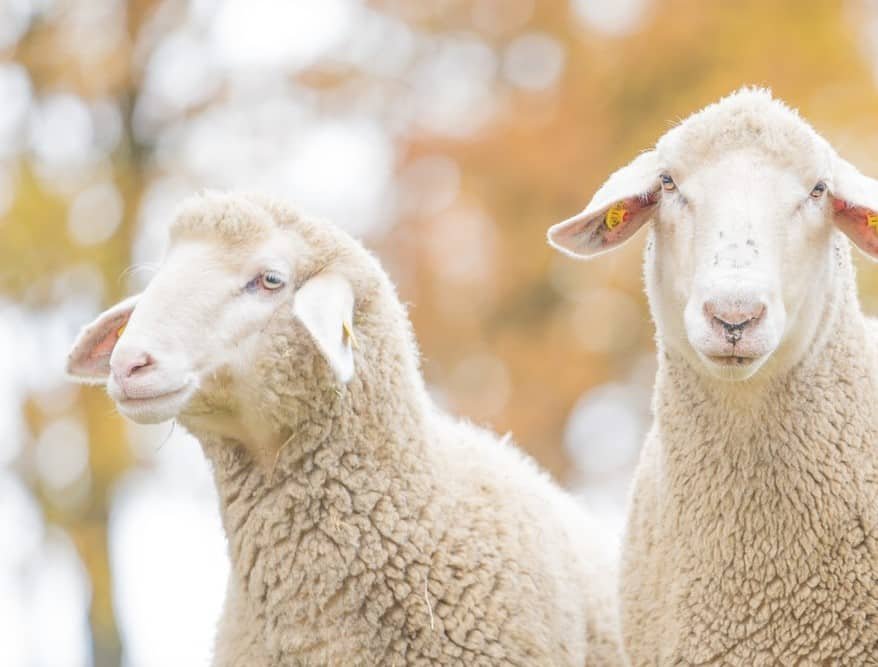
The Merinolandschaf has a dual purpose and is bred for meat as well as wool. In addition, it is also used for landscape preservation purposes. The popularity of this sheep breed in Germany is due to its straightforward husbandry, high breeding rate, growth of wool and meat performance.
In general, Merino sheep and their wool are often mentioned in the context of mulesing. Mulesing, which reduces the incident of flystrike, is a very controversial practice common in Australia. For this purpose, strips of wool-bearing skin are removed around the breech of the sheep to prevent the parasitic infection. In Germany and some other countries, mulesing is prohibited by law. Consequently, wool from German Merino sheep is mulesing free.

Characteristics
- Large frame
- Both sexes are polled (hornless)
- Unicolored white
- Legs are free of wool
- Broad, slightly hanging ears
- Wedged long head with a small woolly forelock on top
- On average, ewes have 2 lambs per litter
- 1.25 lambings per year, out of season breeding with good mothering
- Rams produce 6.5 to 7 kg (14.3 to 15.4 lb) and ewes produce 4 to 5 kg (8.8 to 11.0 lb) of wool yearly
Merinolandschaf Wool
Merinolandschaf wool has a micron count between 26 and 28. The wool is white which makes it an ideal base for dyeing purposes. Depending on the spinning process, it is possible to create a more rustic, robust yarn or a softer yarn with a drape and subtle sheen.
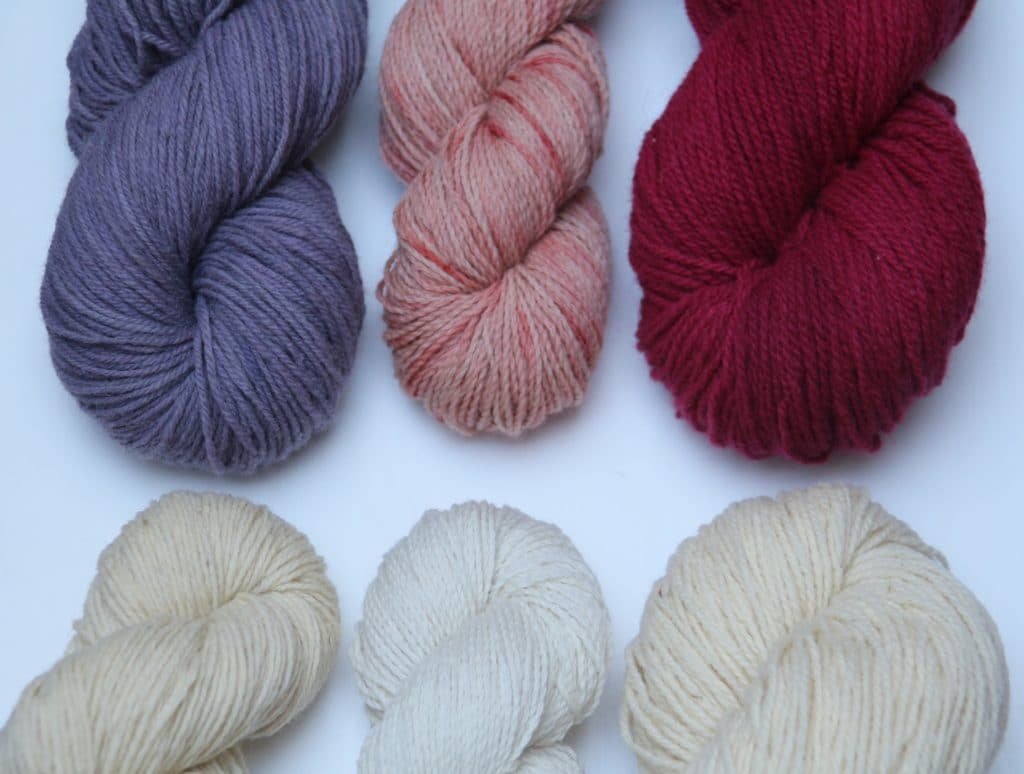
In general, the micron count specifies the diameter of the wool fiber and its softness. In short, the lower the number, the finer the fiber. Merinolandscharf wool has a medium micron count. It is suitable for knitting but can also be used for spinning, weaving and felting.
Rosemary & Pines Fiber Arts Merino Yarns
In my Etsy shop, I offer three different yarn bases from Merinolandschaf wool. Classic Sock DK and Merino Sport are more rustic yarns. Luster Sock DK, on the other hand, is considerably softer but just as robust as the other two bases.
Classic Sock DK
- 100% organic German Merino wool
- sourced, spun and handdyed with natural dyes in Germany
- non-superwash, plastic and mulesing free
- 250 m (273 yards) per 100 g (3,5 oz)
- 3ply, 28-31 micron
- recommended needle size 2,5 – 3,5 mm (US size 1 – 4)
- rustic and durable yarn which is perfect for knitting socks. It can also be used for accessories and garments.
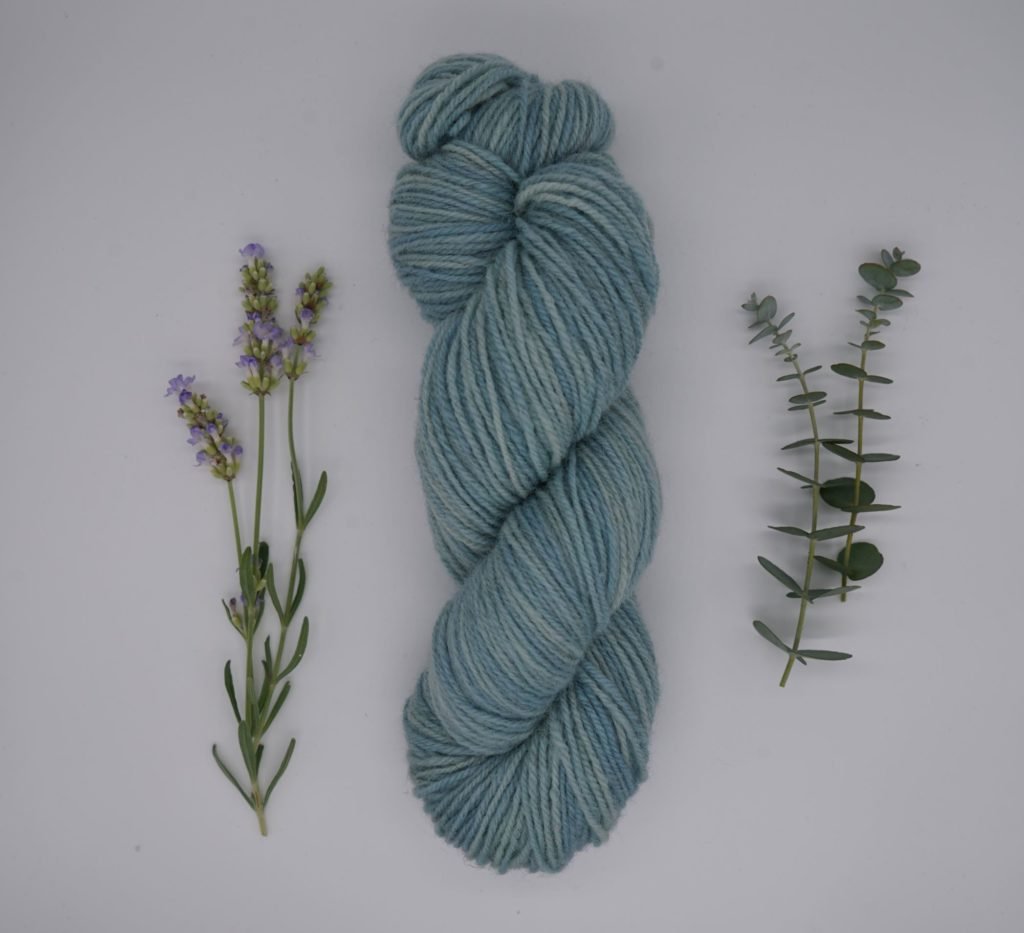
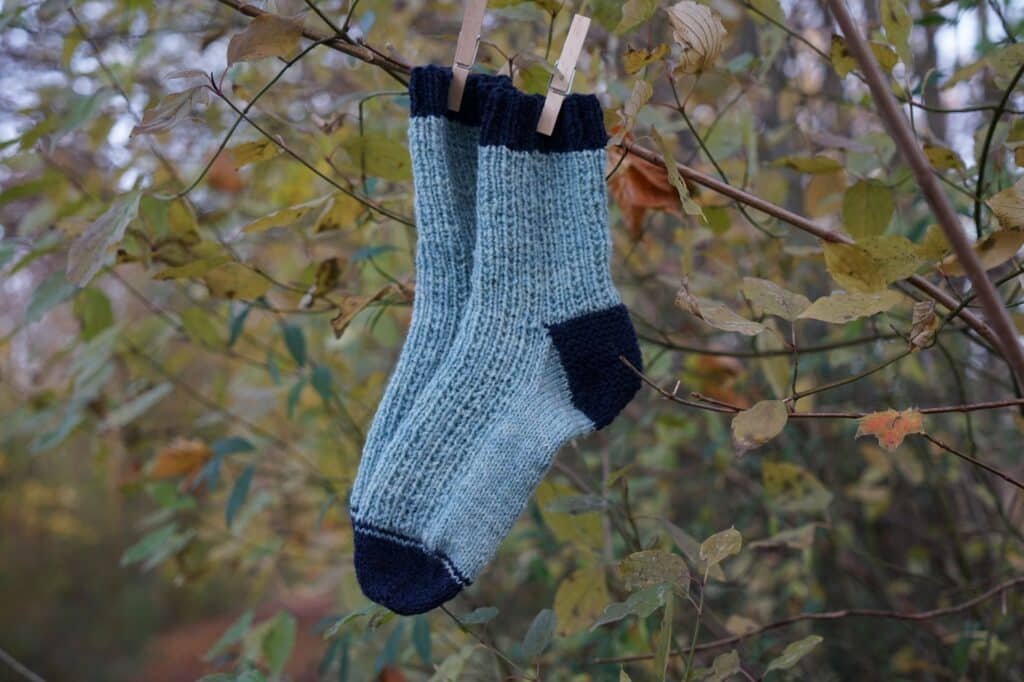
Luster Sock DK
- 100% organic German Merino wool
- sourced, spun and handdyed with natural dyes in Germany
- non-superwash, plastic and mulesing free
- 250 m (273 yards) per 100 g (3,5 oz)
- 8ply, 26,5-27 micron
- recommended needle size 2,0 – 3,0 mm (US size 0 – 2)
- the yarn is durable but soft and has a drape and subtle sheen to it, which makes is not only suitable for socks but also for accessories and garments
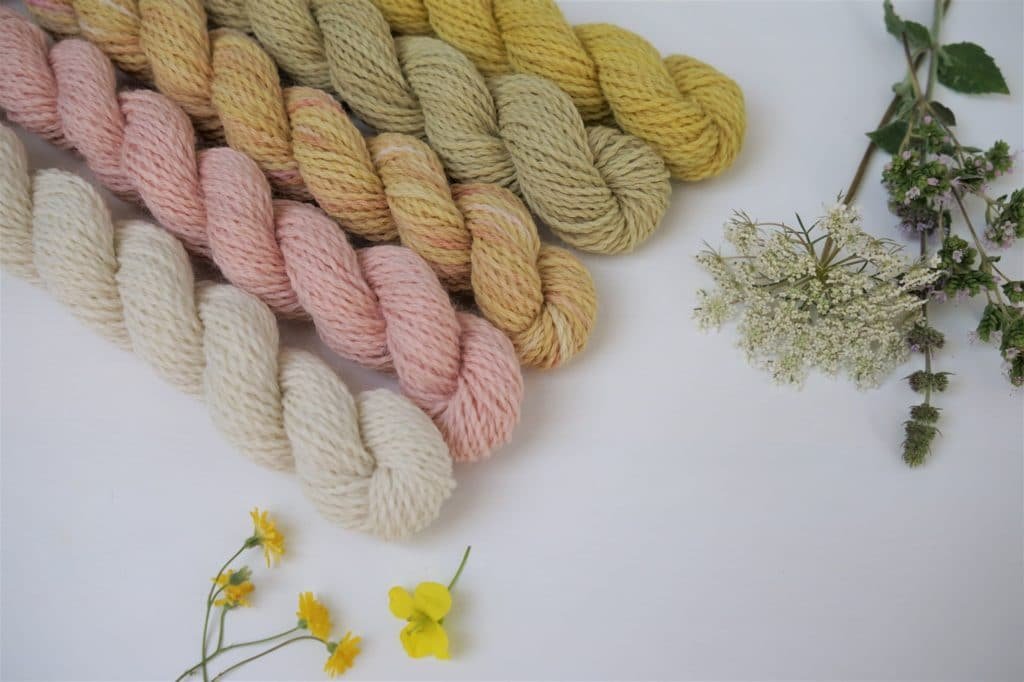
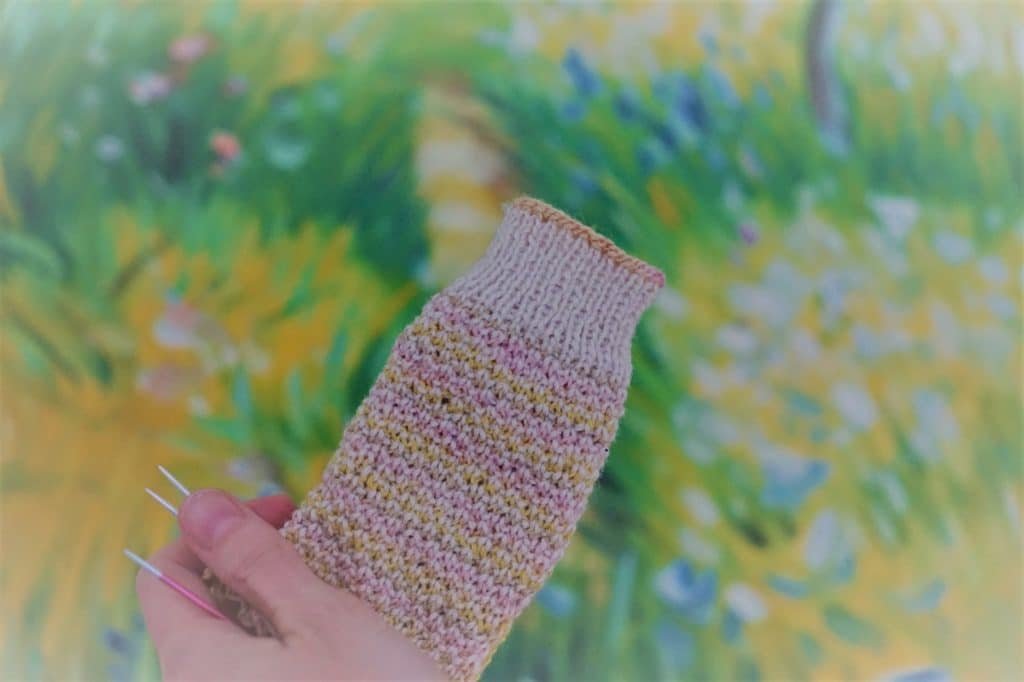
Merino Sport
- 100% organic German Merino wool
- sourced, spun and handdyed with natural dyes in Germany
- non-superwash, plastic and mulesing free
- 300 m (328 yards) per 100 g (3,5 oz)
- 2ply, 28-31 micron
- recommended needle size 2,5 – 3,5 mm (US size 1 – 4)
- the yarn is woolen spun which produces a lofty, airy yarn that has a remarkable warmth and lightness to it
- suitable for knitting cozy accessories as well as garments
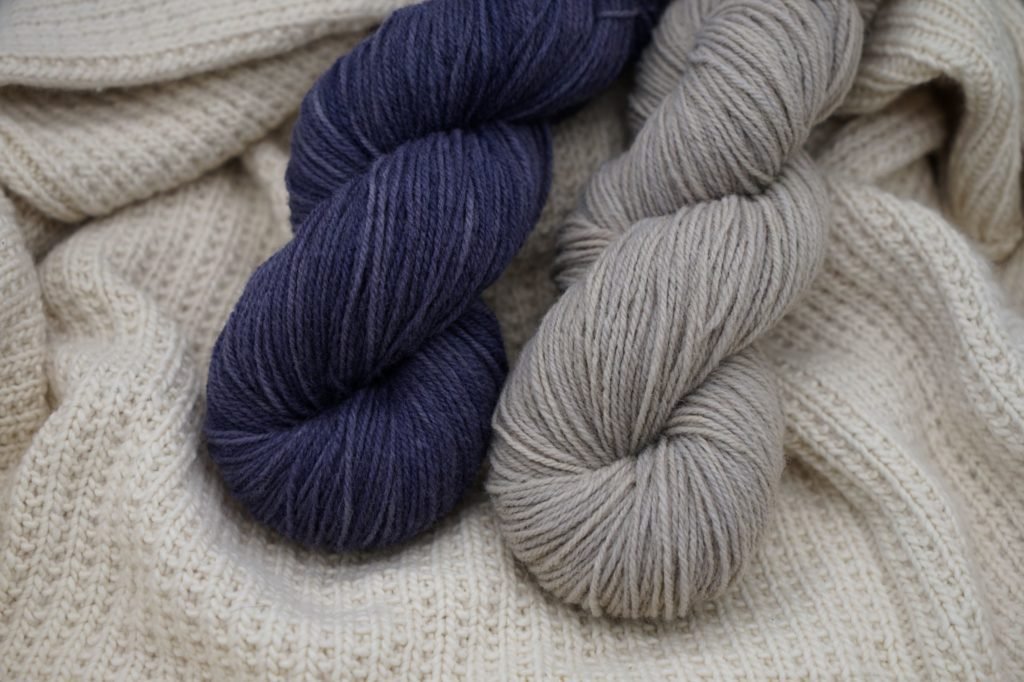
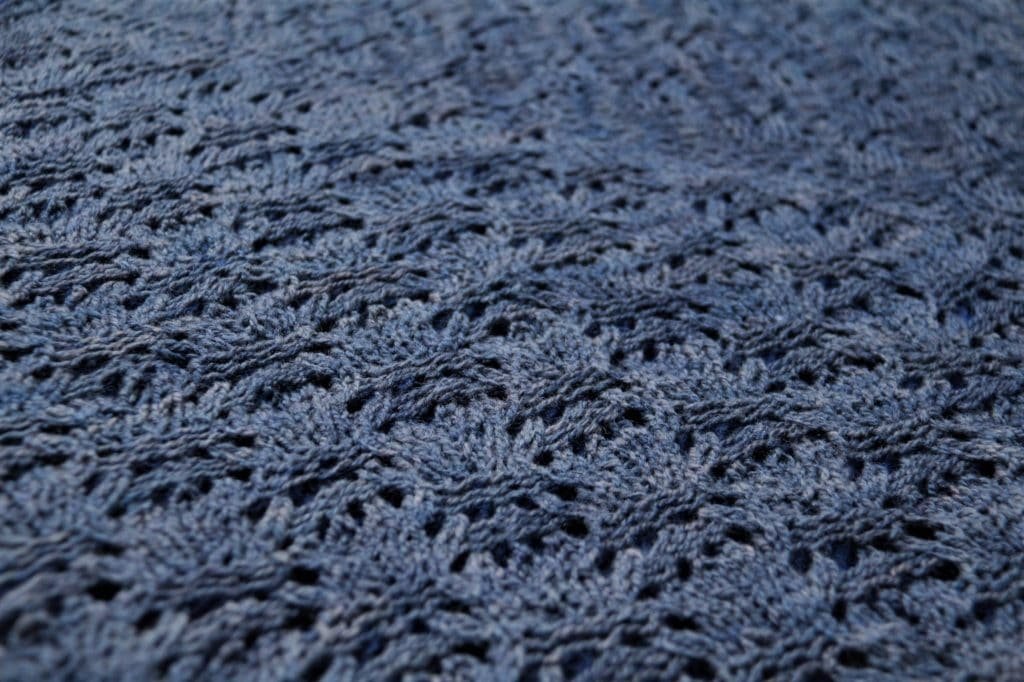
I hope you enjoyed the overview of this old German landsheep breed. Learning about the sheep breeds that originate in your home country and trying out yarns from less popular breeds can be such an interesting experience. The Food and Agriculture Organization of the United Nations offers a breed data base where you can search for country and species, in case you want to give it a try:
http://www.fao.org/dad-is/browse-by-country-and-species/en/
Do you want to give knitting with sustainable, all natural sock yarn a try?
In this free guide you will learn everything you need to know about knitting sturdy socks with plastic-free, all natural sock yarn.
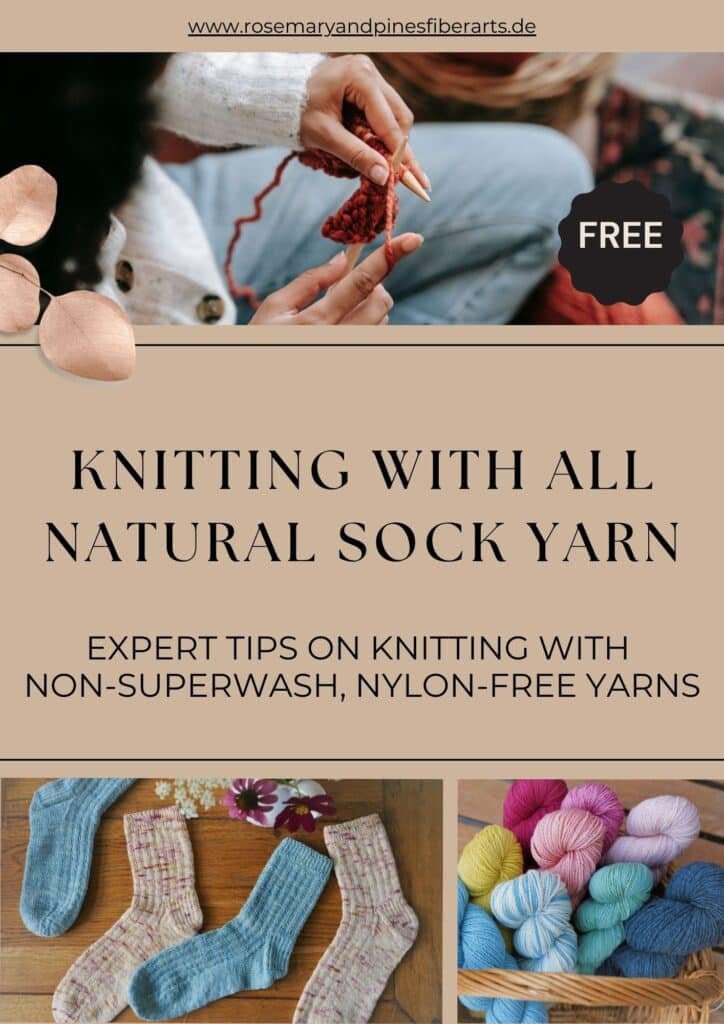
Pin It For Later: German Merino Sheep
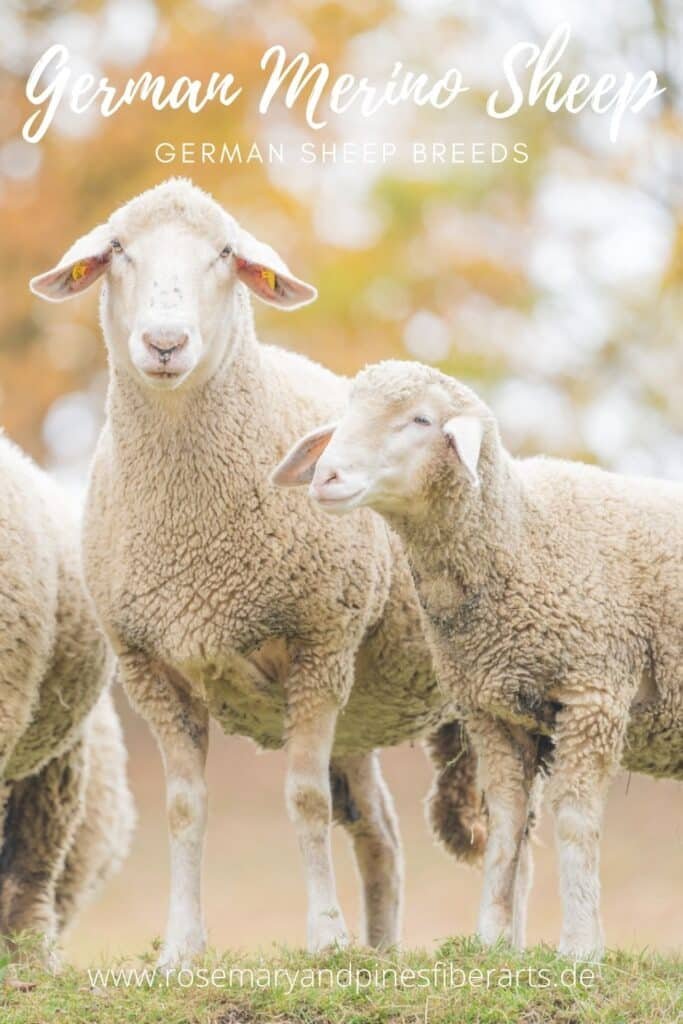
Want to learn how to dye yarn using natural dyes?
I have created a beginner’s guide to natural dyeing that contains everything you need to know to get started. And the best thing: it is available for free!
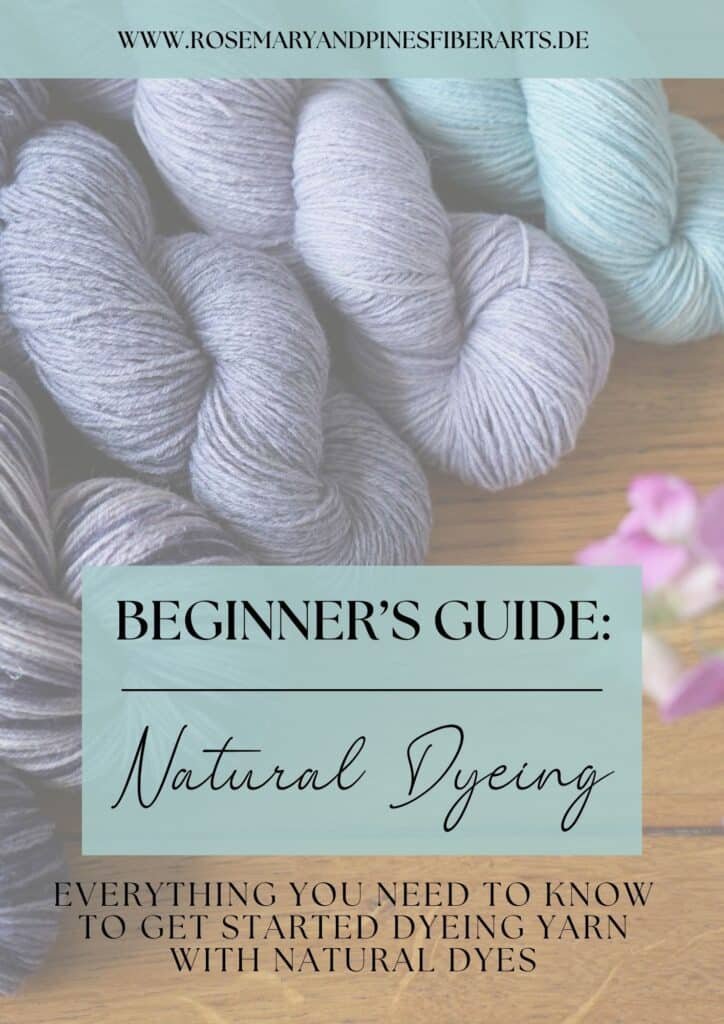
References & Further Reading:
Unfortunately, some of these sites are only available in German.
https://www.lfl.bayern.de/itz/schaf/031150/
https://web.archive.org/web/20111109172109/http://www.aid.de/landwirtschaft/merinoschafe.php
https://www.schafe-sind-toll.com/zucht/rasse-und-zuchtzielbeschreibungen/merinoschafe/

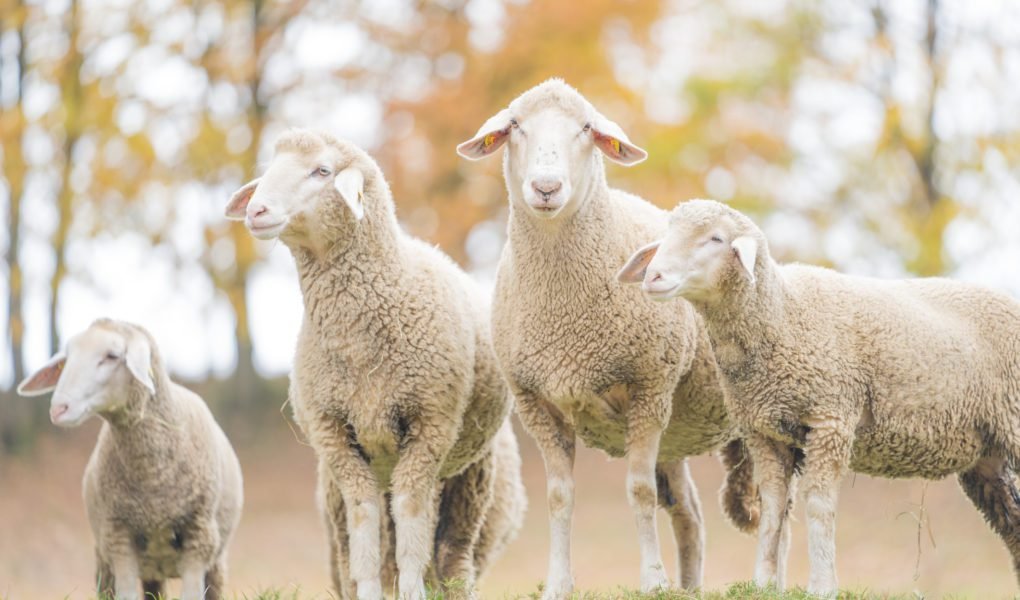
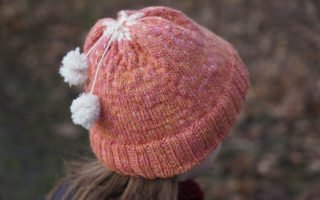
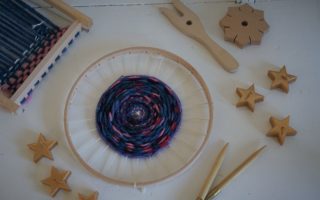
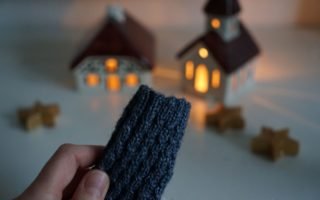
Son-in-law needs to replace the woven wool felt in his 1790s reproduction clavichord-what sheep breeds now would be similar to those back in the 1700s?
Hi Cindy, I think that depends on where the clavichord was manufactured and what kind of sheep breeds were generally kept there during that time period.
If you son-in-law is “just” looking for a sheep breed that has been around for hundreds of years, you can have a look at the Livestock Conservancy Website. They provide a helpful overview of heritage sheep breeds. I hope this helps.